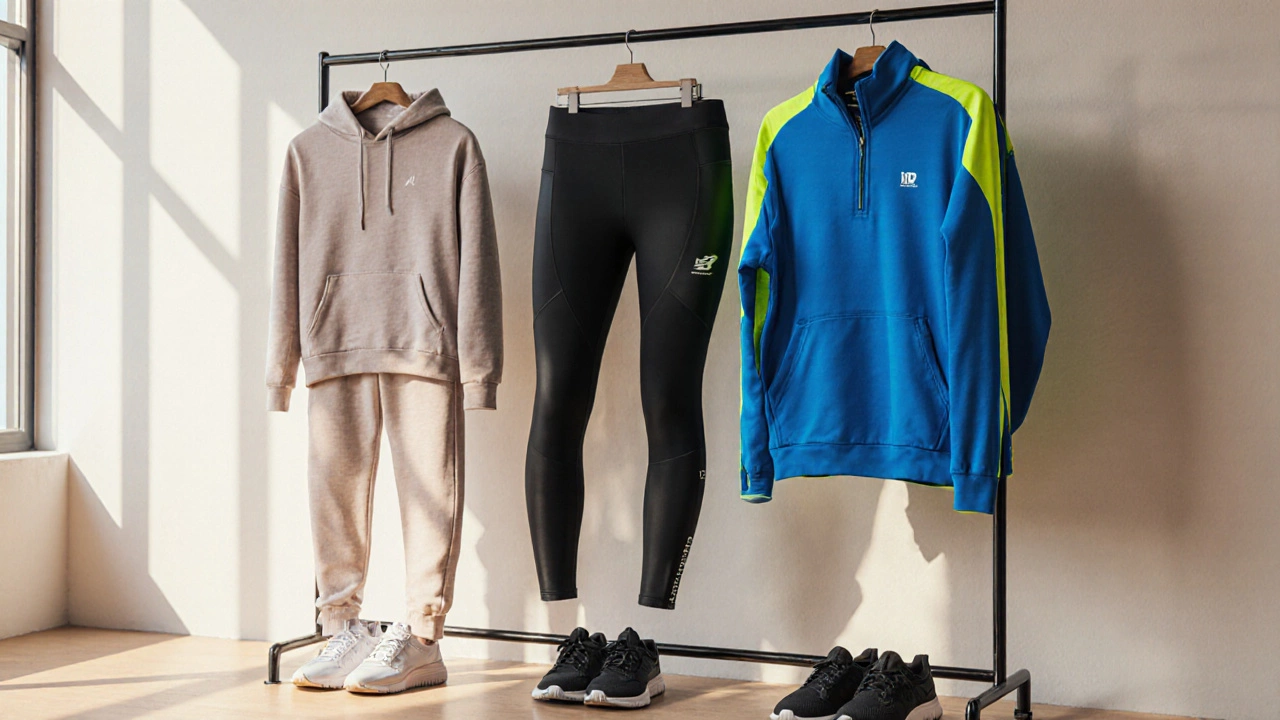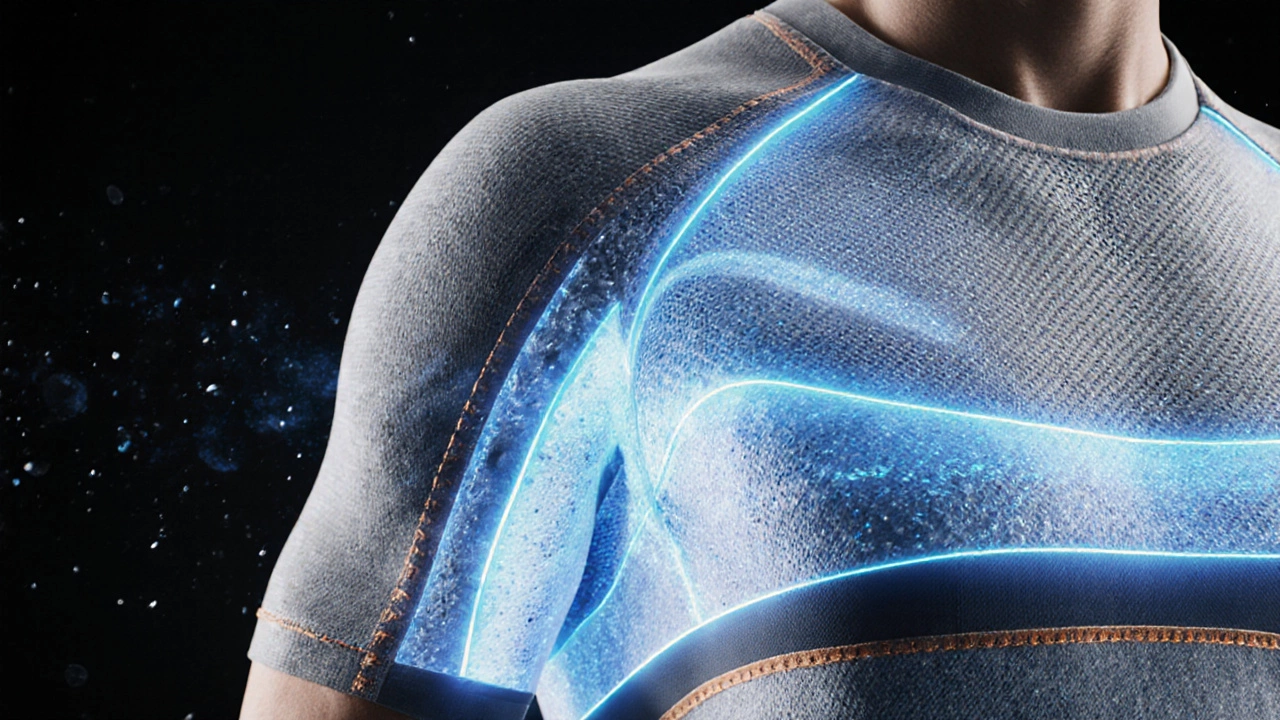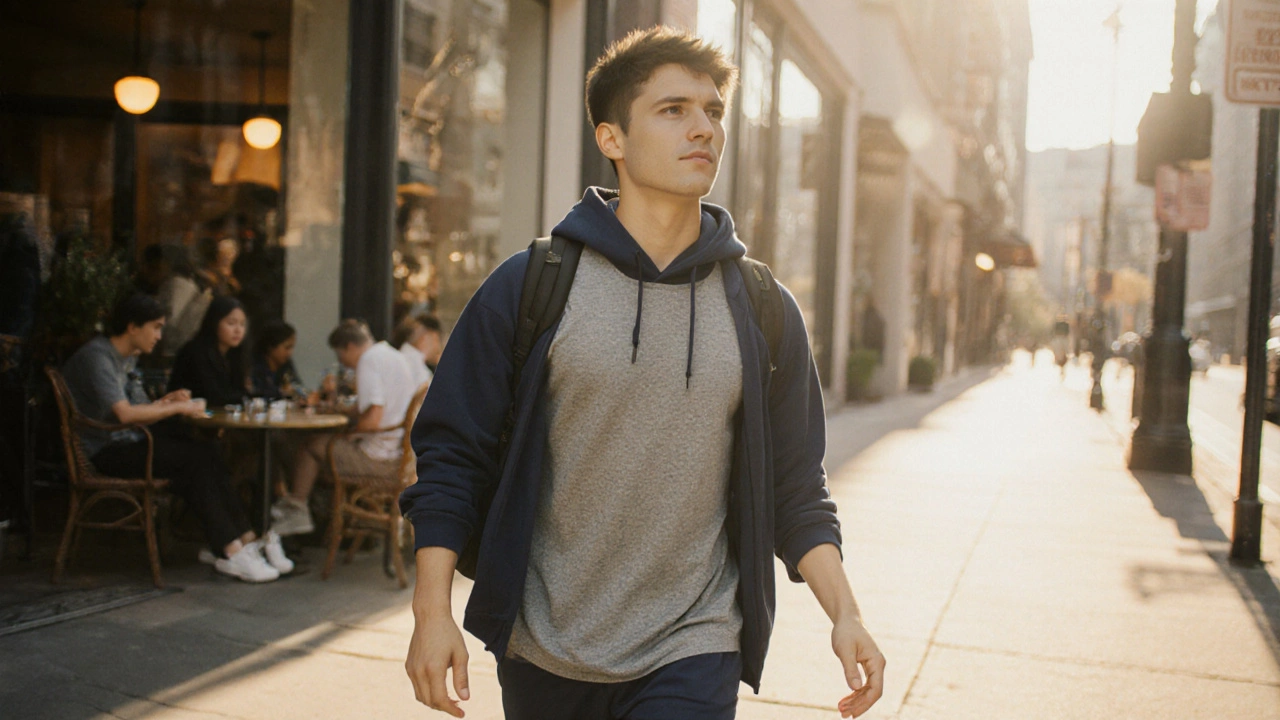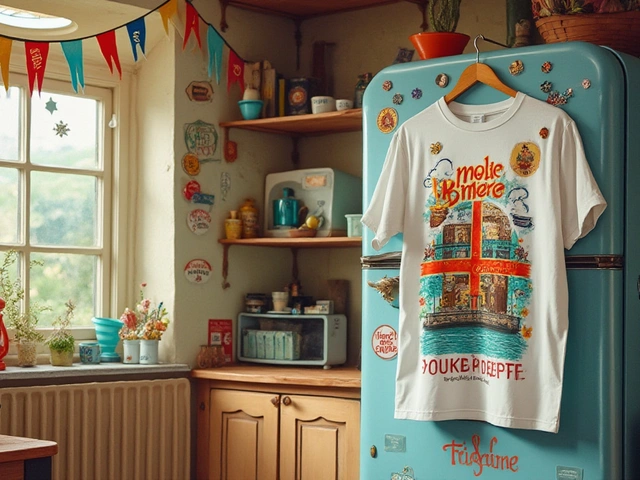Sportswear vs Active Sportswear: Clear Differences Explained

- Cleo Fairchild
- 14 October 2025
- 0 Comments
Sportswear vs Active Sportswear Calculator
Find Your Perfect Fit
Answer three quick questions to determine which clothing category suits your needs.
Your Recommendation
Ever stared at a rack of joggers, a sleek zip‑up, and wondered why some pieces are called “sportswear” while others are marketed as “active sportswear”? The terminology can feel like marketing gibberish, but the split actually matters for comfort, performance, and style. Below you’ll get a straight‑forward rundown of what each term means, where they overlap, and how to pick the right gear for your workout or everyday look.
Key Takeaways
- Sportswear is a broad category that blends casual style with light‑to‑moderate performance features.
- Active sportswear (sometimes called technical or performance sportswear) is built for high‑intensity activity and uses specialized fabrics.
- Material, fit, and intended use are the three biggest differentiators.
- Choosing the right piece depends on the activity level, climate, and how you plan to style it.
- Both categories can coexist in a wardrobe; the trick is knowing when to reach for each.
What Exactly Is Sportswear?
Sportswear is a category of clothing that blends athletic functionality with everyday style, allowing wearers to transition from a casual day out to a light workout without changing outfits. Think of classic tracksuits, cotton‑blend leggings, and relaxed‑fit hoodies that look just as at home on the street as they do in a low‑key gym class.
Key traits of standard sportswear include:
- Materials such as cotton, jersey, or lightweight polyester blends that prioritize comfort over high‑tech performance.
- Designs that favor a relaxed fit, making them easy to layer over t‑shirts or under jackets.
- Styling cues drawn from street fashion-logo placements, color blocking, and trend‑driven cuts.
Brands like Adidas, Nike, and Puma dominate the sportswear arena, but many fast‑fashion labels also produce “sportswear‑inspired” pieces that lean heavily on aesthetics rather than technical specs.

What Is Active Sportswear?
Active sportswear is a subset of sportswear engineered for high‑intensity movement, featuring moisture‑wicking, compression, and stretch technologies that actively support the body during rigorous exercise.
Typical attributes include:
- Technical fabrics such as polyester microsheets, nylon‑spandex blends, or proprietary blends like Nike Dri‑Fit and Under Armour HeatGear.
- Design elements like flat seams, raglan sleeves, and ergonomic cuts that reduce chafing and improve range of motion.
- Performance‑focused details-air vents, anti‑odor treatments, and UV protection.
Active sportswear is the go‑to for runners, cyclists, HIIT participants, and anyone who expects their clothing to keep up with a serious sweat session.
Core Differences at a Glance
| Aspect | Sportswear | Active Sportswear |
|---|---|---|
| Primary Purpose | Casual‑to‑light activity | High‑intensity performance |
| Fabric Technology | Cotton, basic polyester blends | Moisture‑wicking, compression, stretch |
| Fit | Relaxed, loose | Ergonomic, often body‑contouring |
| Typical Use Cases | Running errands, light jogs, streetwear | Running, cycling, CrossFit, gym classes |
| Styling Flexibility | High - pairs with jeans, sneakers, blazers | Moderate - best with performance shoes and accessories |
| Price Range (UK) | £15‑£60 | £30‑£120 |
| Care Instructions | Machine wash, tumble dry low | Cold wash, avoid fabric softener, air‑dry when possible |
How to Choose Between Them
Pick the right category by asking three quick questions:
- How intense will the activity be? If you’re planning a 5km jog or a yoga class, standard sportswear will usually suffice. For interval training, mountain biking, or long‑distance runs, active sportswear’s technical features become worthwhile.
- What climate are you in? Hot, humid days demand moisture‑wicking fabrics; cold‑weather days may call for insulated active pieces or layered sportswear.
- Do you want the piece to double as streetwear? Sportswear wins on style points; active sportswear can still look good, but you may need to pair it with sleek sneakers and understated accessories.
Budget also matters. If you’re building a starter wardrobe, blend a few versatile sportswear staples with one or two high‑performing active items for the most bang for your buck.

Styling Tips for a Cohesive Look
Even technical gear can look polished. Here are a few practical ideas:
- Layer smartly. Slip a moisture‑wicking torso shirt (active) under a relaxed‑fit hoodie (sportswear) for a “gym‑to‑coffee‑shop” transition.
- Match textures. Pair a sleek polyester jogger with a cotton‑blend crew neck to avoid a clash of shininess.
- Choose neutral colors for active pieces. Black, navy, and heather grey keep the look low‑key, making it easier to mix with patterned sportswear items.
- Invest in versatile footwear. A stylish trainer that offers both cushioning and support bridges the gap between performance and fashion.
- Accessorize with function. A breathable beanie or a lightweight backpack can elevate a performance outfit without sacrificing utility.
Frequently Asked Questions
Can I wear active sportswear for everyday activities?
Yes, many people treat active pieces like everyday leggings or compression tops. The key is to pair them with casual items-think a simple tee, a denim jacket, or a neutral bomber to keep the look balanced.
Are there any downsides to buying only sportswear?
Pure sportswear may trap moisture during intense workouts, leading to discomfort or chafing. If you frequently hit the gym, you’ll likely need at least one technical piece-like a breathable shirt or compression socks-to stay comfortable.
How do I care for active sportswear to prolong its life?
Wash in cold water, skip fabric softeners (they break down wicking abilities), and line‑dry when possible. Avoid high‑heat drying; if you must tumble dry, use a low setting.
Is there a price point where active sportswear becomes worth it?
Look for pieces that offer at least two technical features-moisture‑wicking plus stretch, for example. In the UK market, a well‑reviewed running top around £35‑£45 usually provides enough performance to justify the extra cost over a basic sportswear tee.
Do any brands specialize exclusively in active sportswear?
Brands like Lululemon, 2XU, and Salomon focus heavily on performance fabrics and sport‑specific cuts. They tend to price higher but often back their claims with lab‑tested moisture‑management data.
Next Steps & Troubleshooting
If you’ve identified a gap in your wardrobe, start with one versatile active piece-like a breathable short‑sleeve top-and build outward. Should an item feel too tight during a workout, try a size up or look for a “relaxed performance” cut, which many brands now offer.
Encountered unexpected shrinkage after washing? That usually means the garment was blended with cotton and wasn’t pre‑shrunk. Re‑wash in cold water, and consider air‑drying to prevent further size changes.
Finally, keep an eye on seasonal sales. End‑of‑season discounts often push premium active gear into the £30‑£50 range, allowing you to upgrade without breaking the bank.


